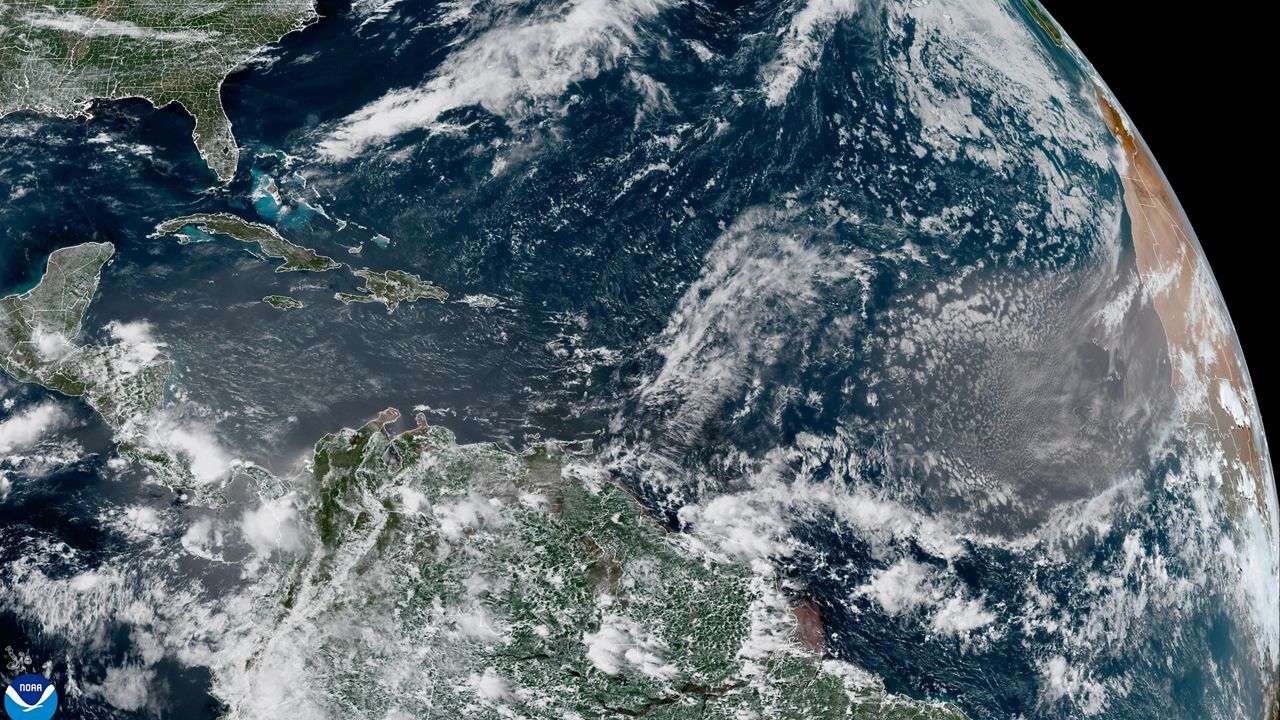RALEIGH, N.C. – Keep your umbrellas handy this summer. Climate experts say the globe is shifting back into an El Nino weather pattern. It comes after three years in a La Nina pattern.
Spectrum News 1 meteorologist Nate Harrington says El Nino is a complex weather pattern with big impacts.
“It is a warming of the water off the coast of South America,” Harrington said. “Now, El Nino is a climate pattern that impacts everything we know. It's just that one central ice location there where we see this anomaly, but it honestly impacts weather all around the globe.”
Harrington says the El Nino and La Nina patterns are kind of like the yin and yang of the climate world.
“They primarily show themselves in the winter months. Now, last winter we had a very dry winter. Folks down to our south had a very wet winter,” he said. “As we head into summer, it looks like we kind of get the opposite. We'll see some more wet weather around here.”
Despite a soggy summer, El Ninos often bring positive impacts when it comes to the hurricane season.
“The good news is El Nino limits hurricane and tropical storm development in the Atlantic,” Harrington said. “It provides a lot more dry air in the mid-levels of the atmosphere and it creates more wind shear. So, you're going to notice most likely a less than busy season across the Atlantic.”
That’s not to say we won’t see any hurricanes, but it often is an indication of the number of tropical storm systems that make their way to the coast.
This shift in weather pattern isn’t a short-term thing; Harrington says these patterns could last three to seven years.
“[El Nino] actually got its name from way back in the 1600s. Fishermen off the coast of South America noticed the water warming up during the winter months. And that warm water was named El Nino because it happened around December, Christmas time. And that's how it got its name,” Harrington said.









